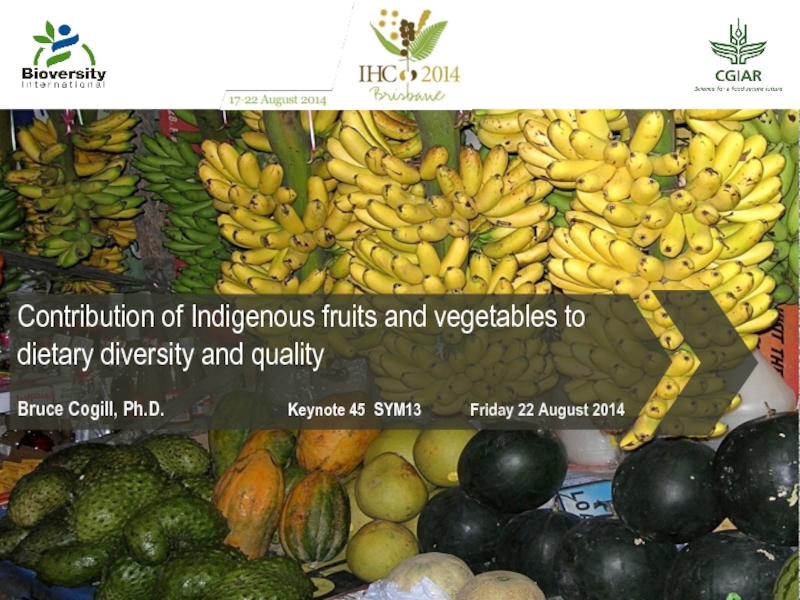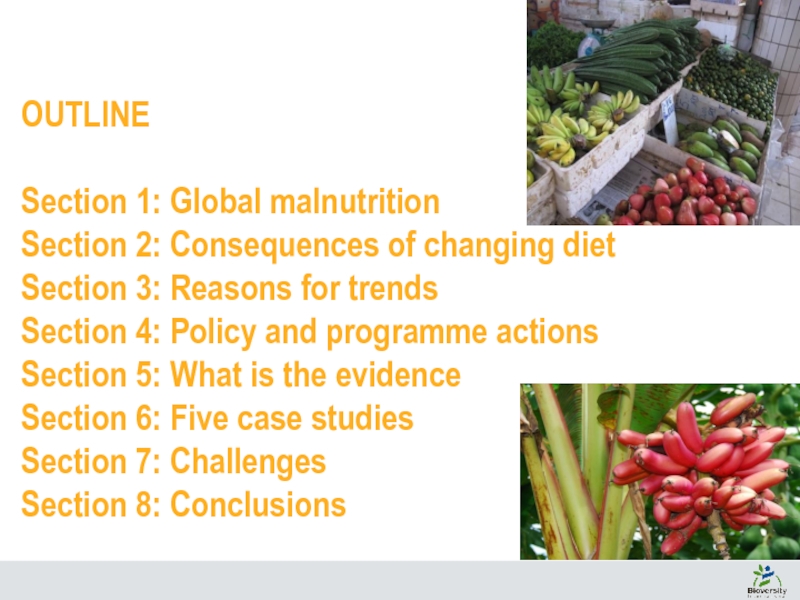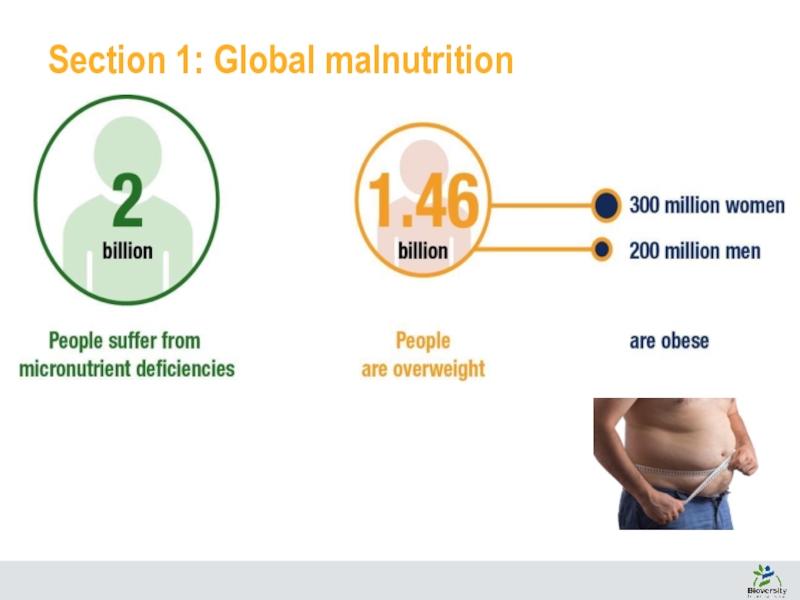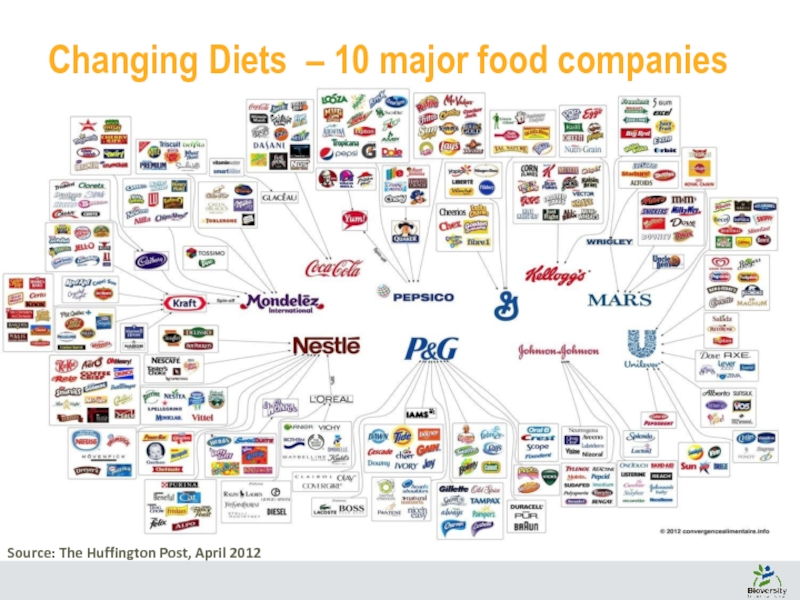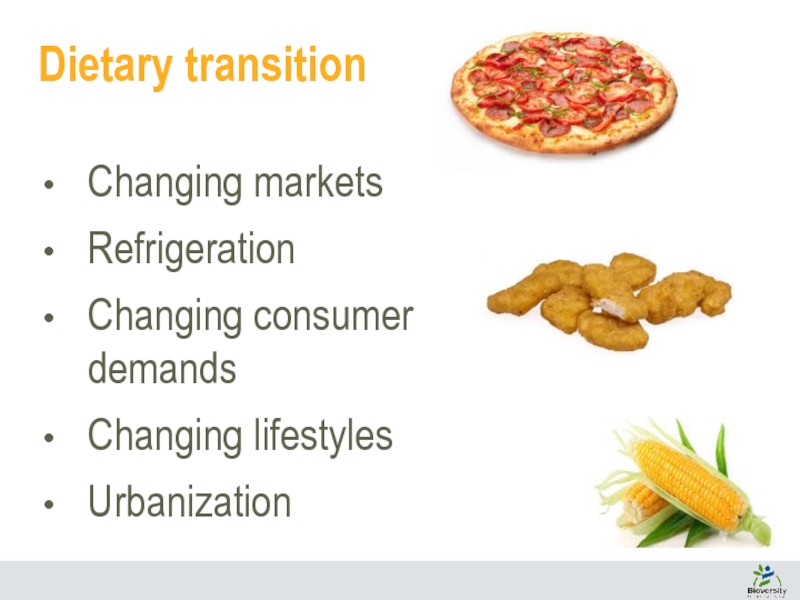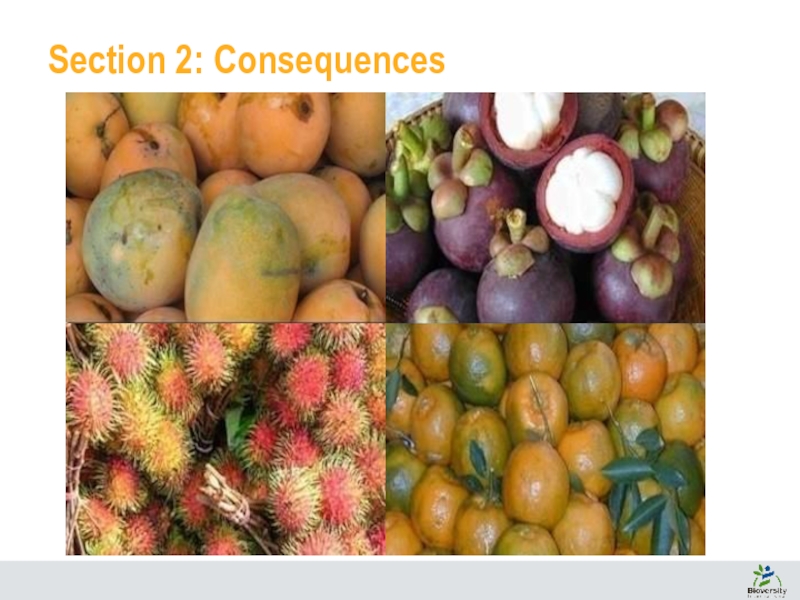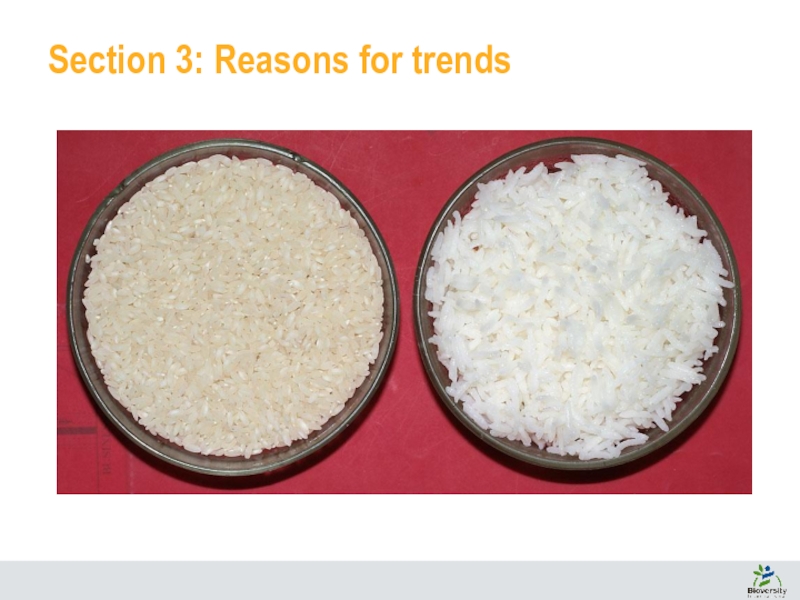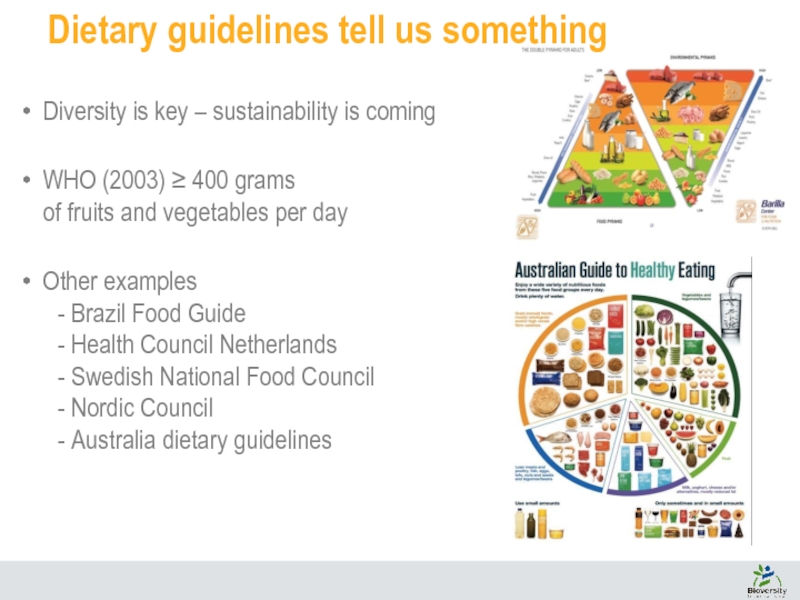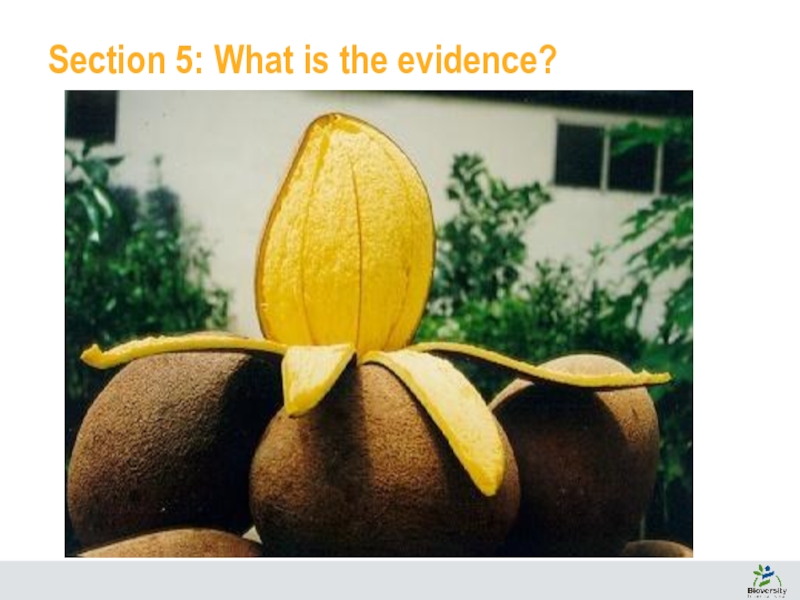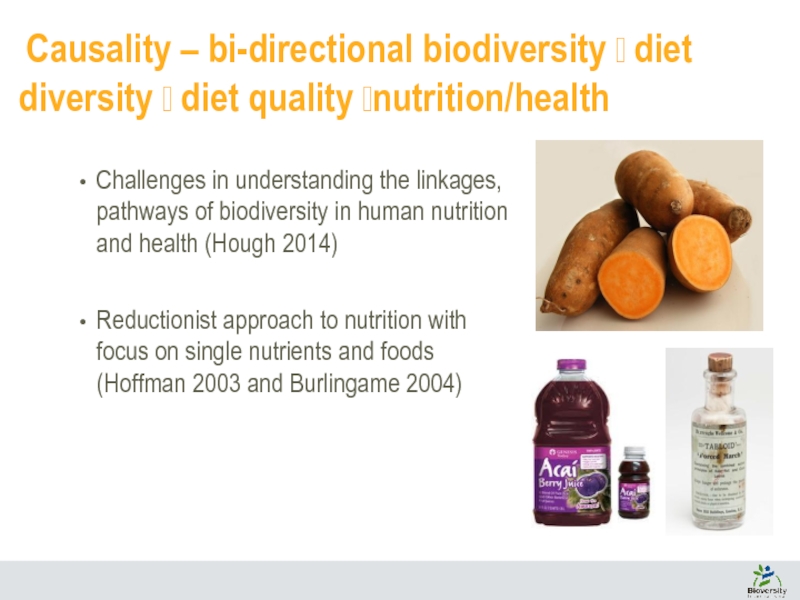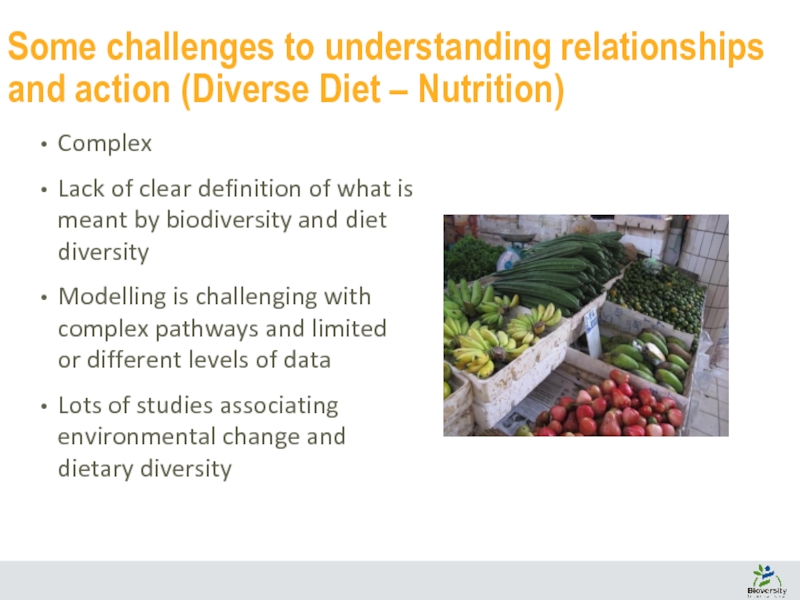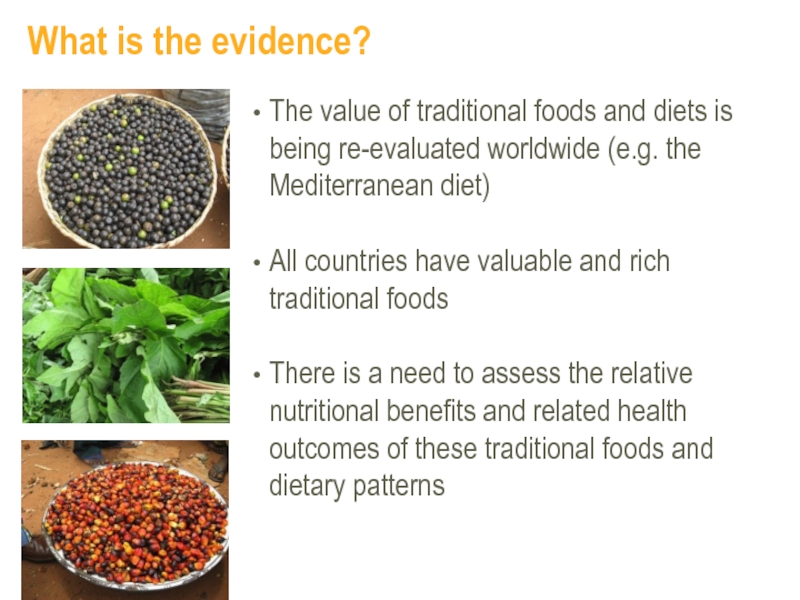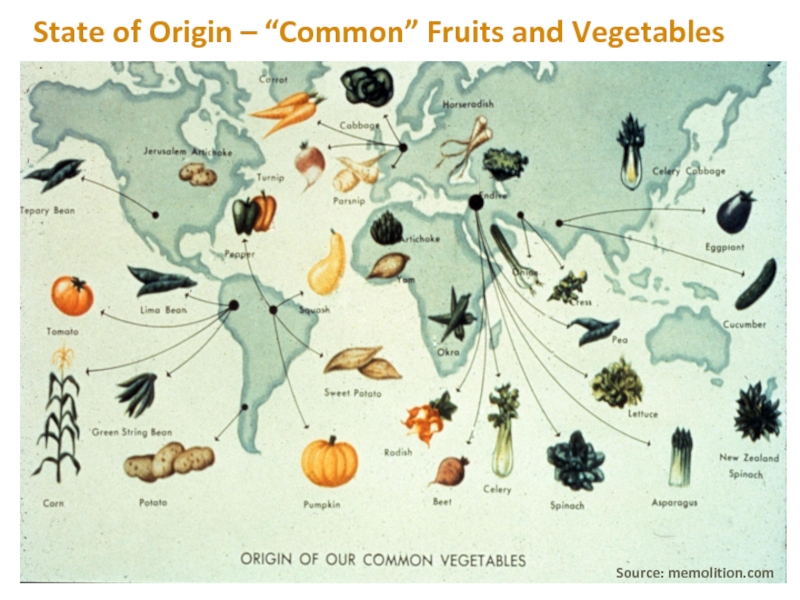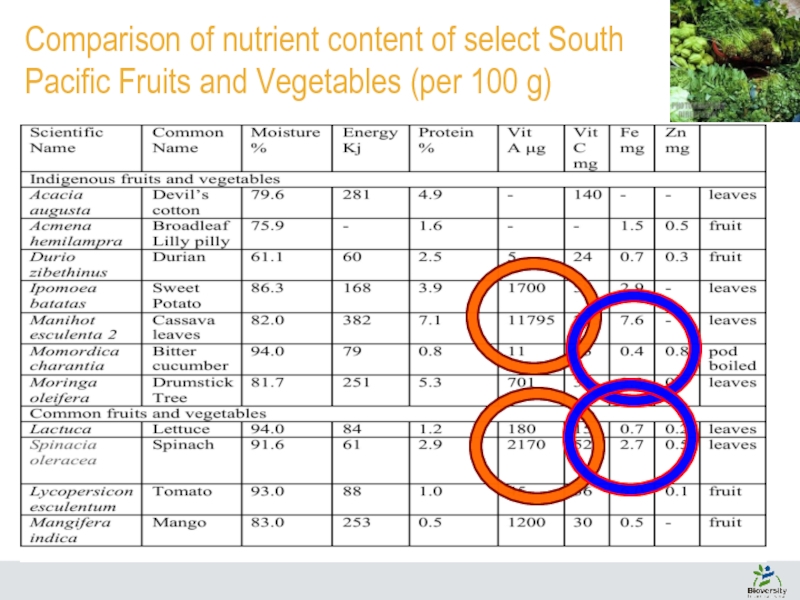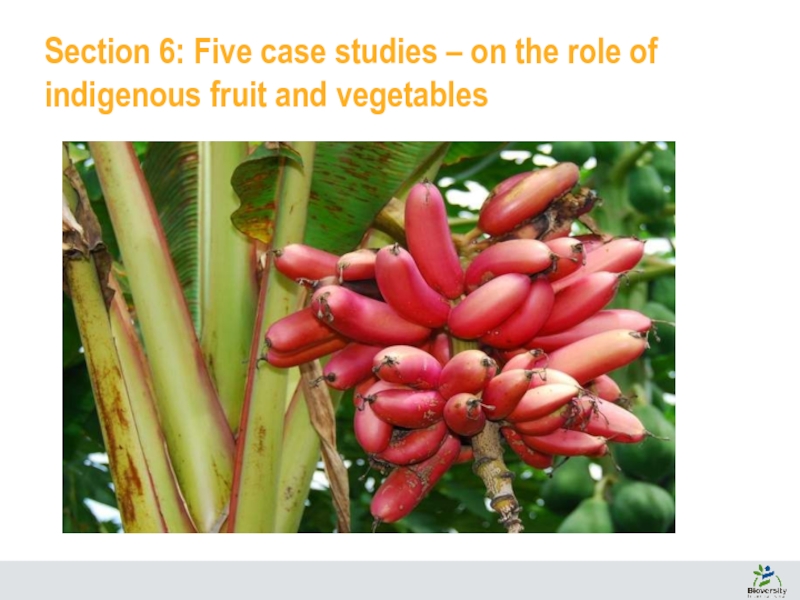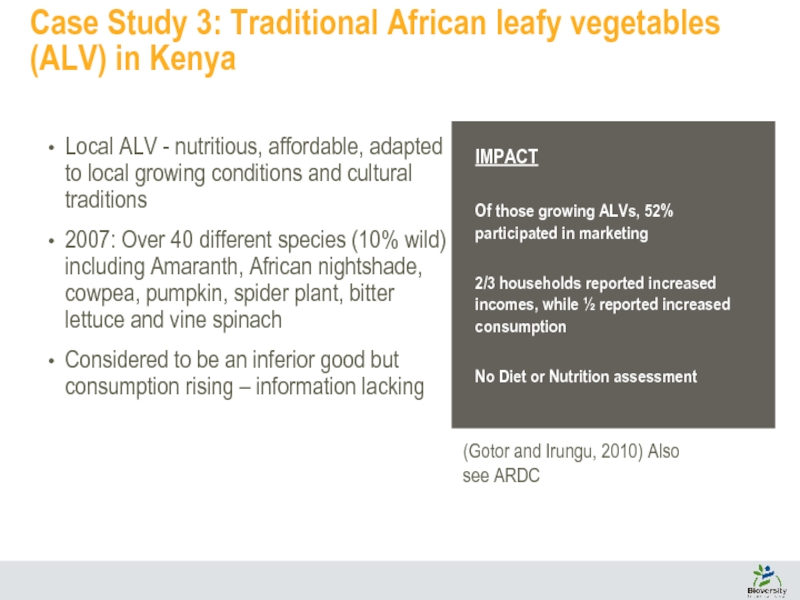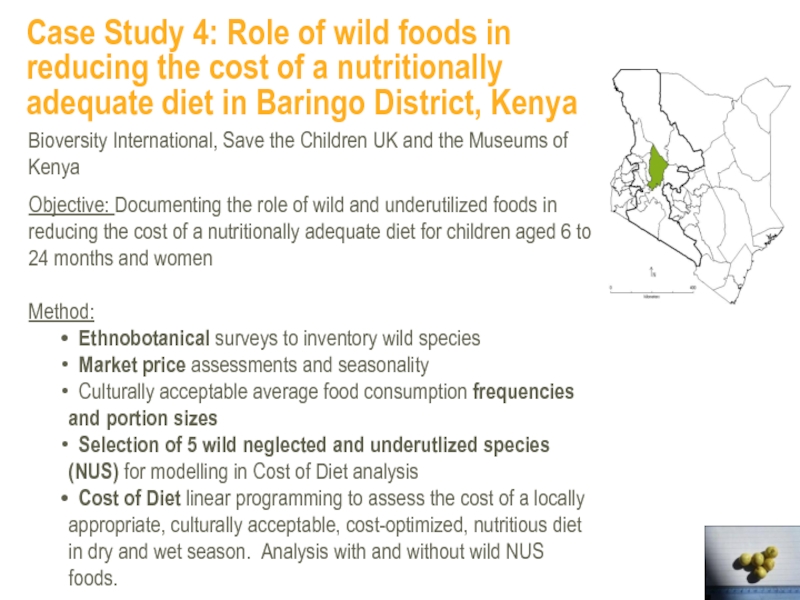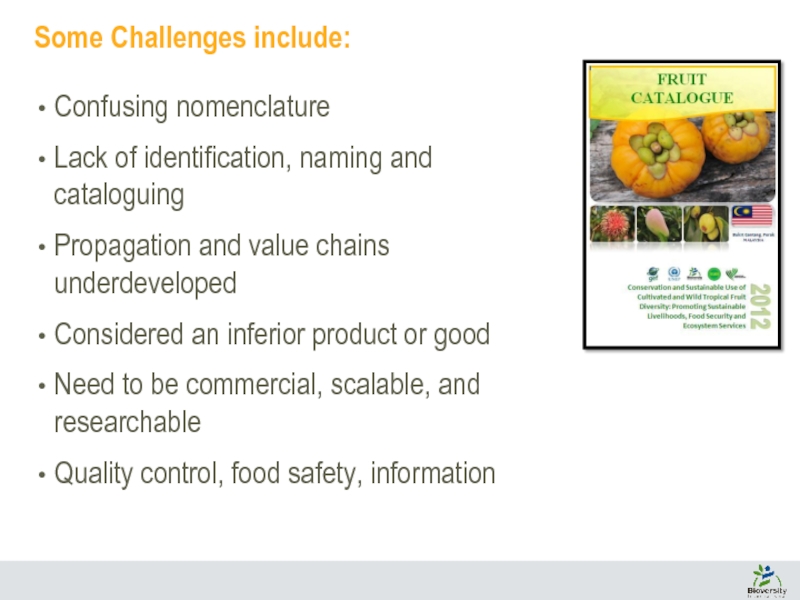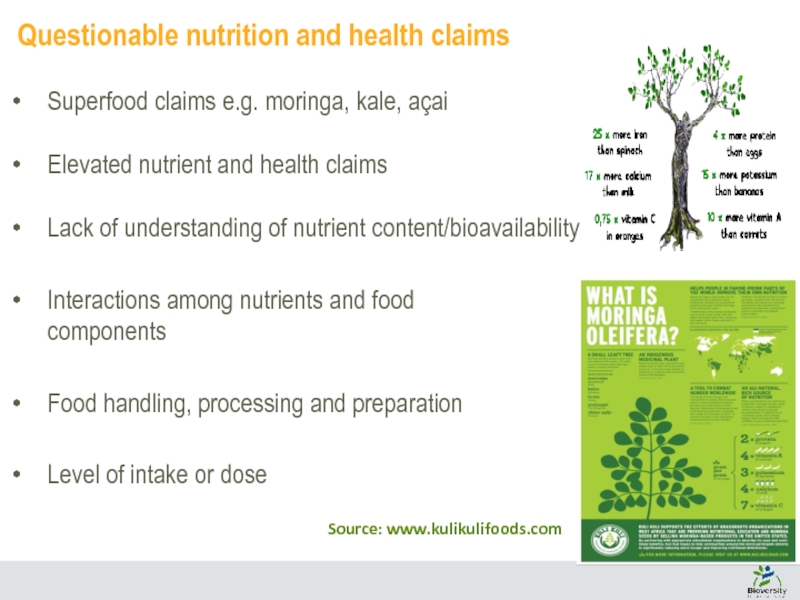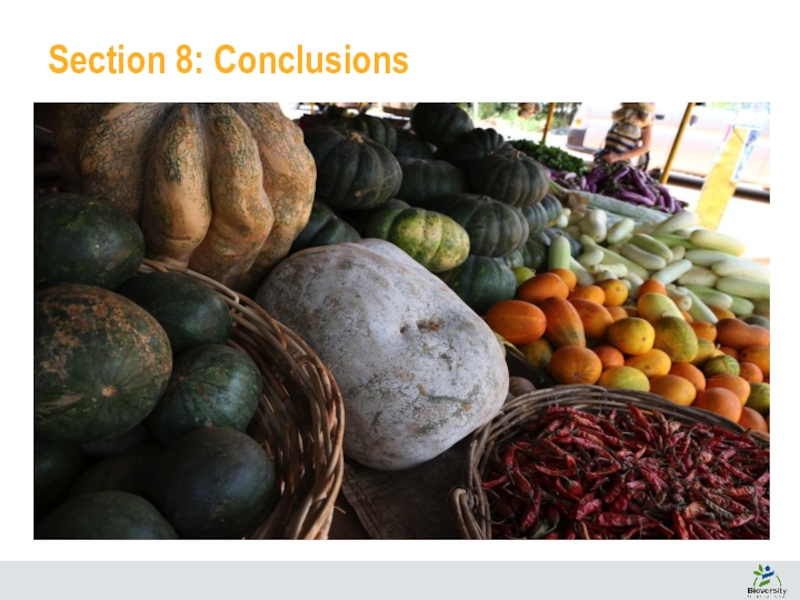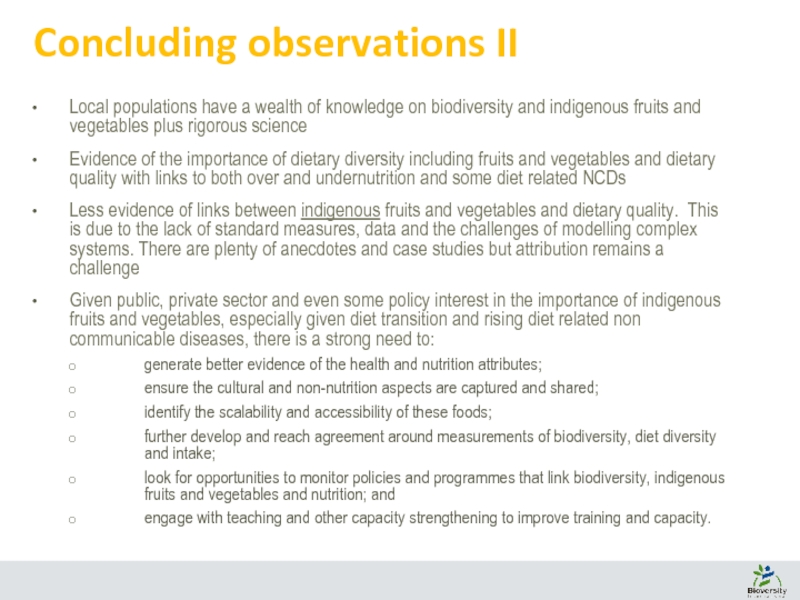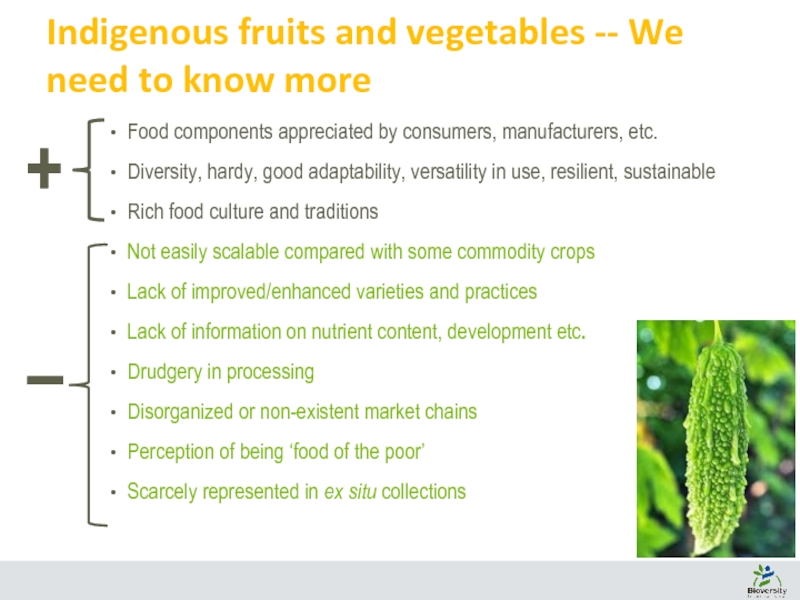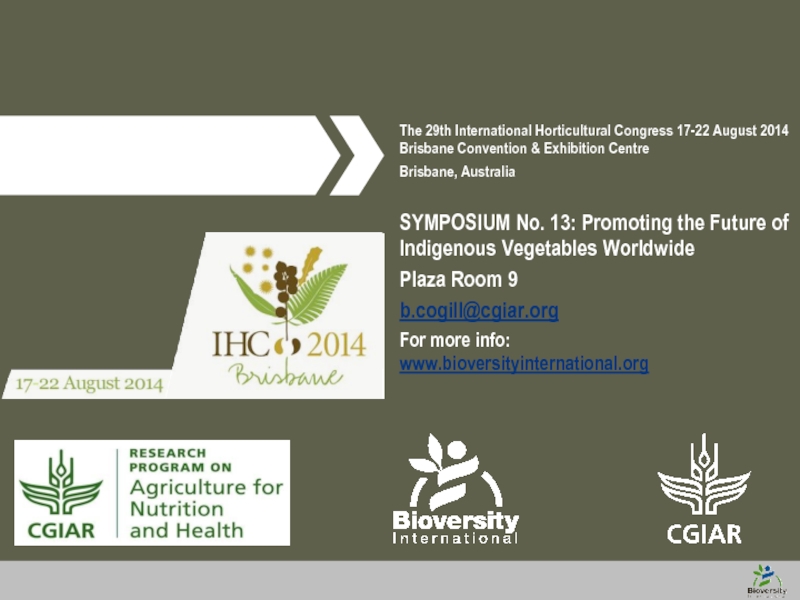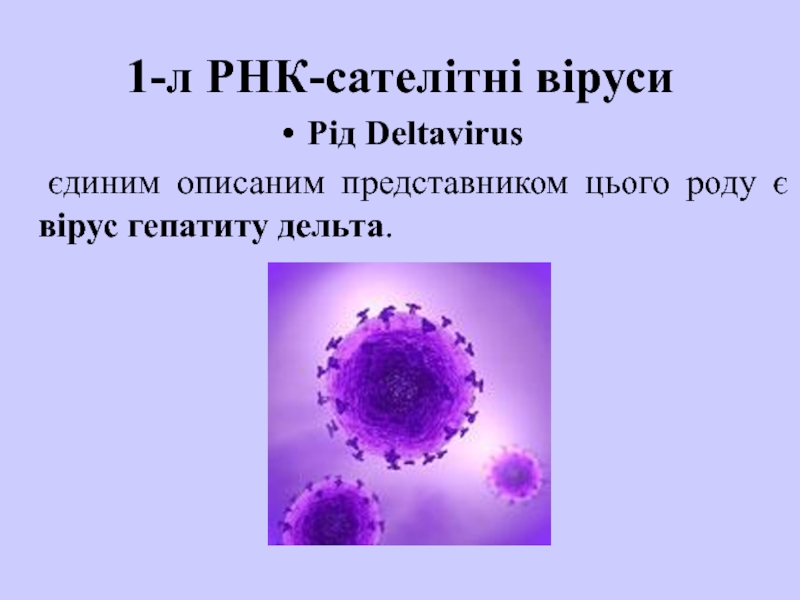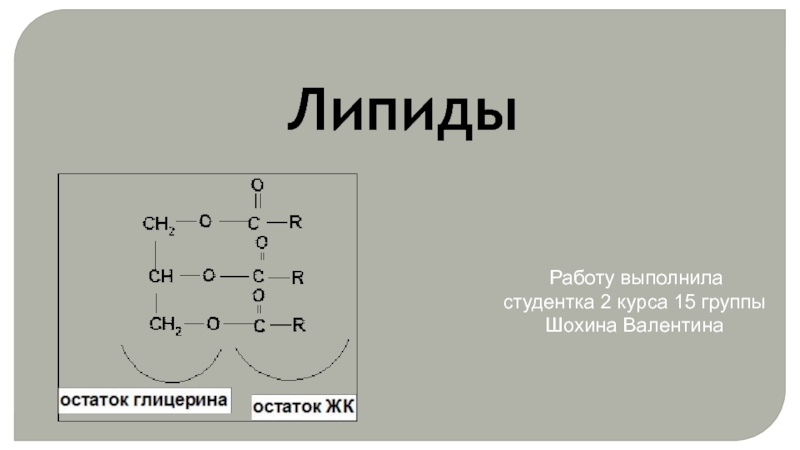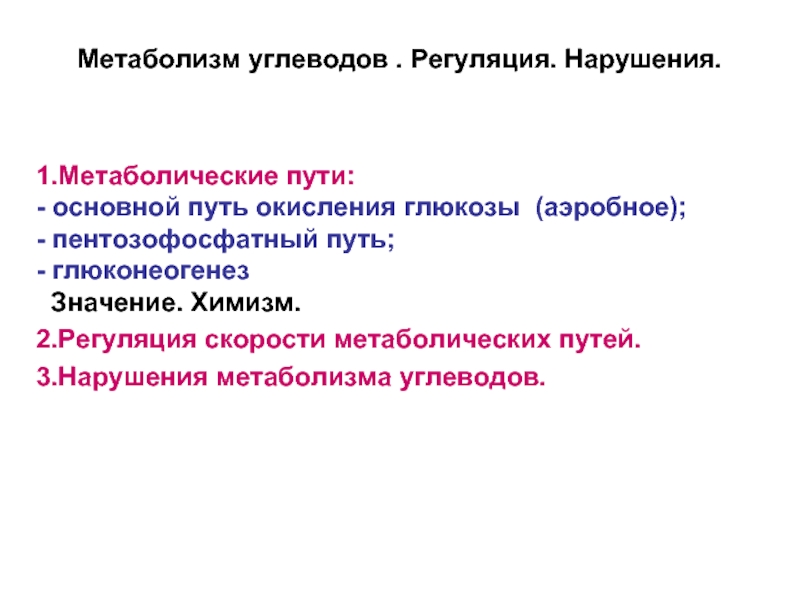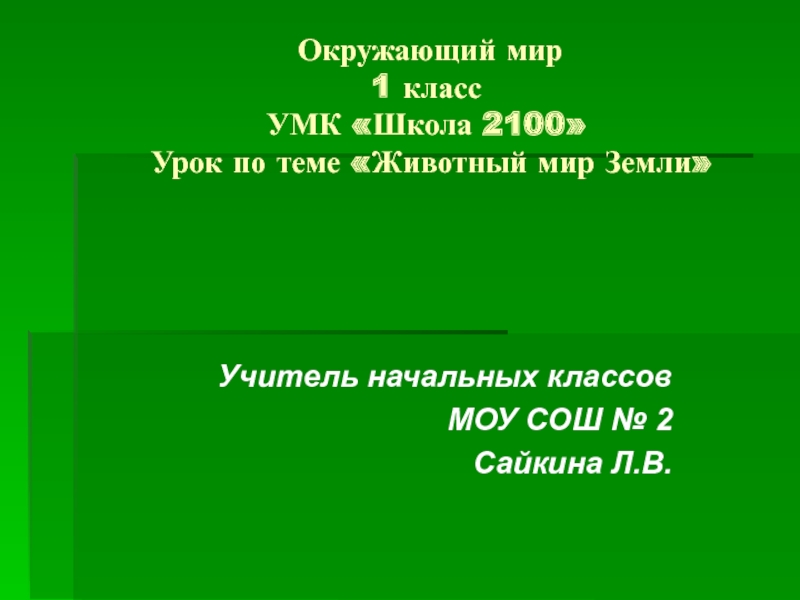- Главная
- Разное
- Дизайн
- Бизнес и предпринимательство
- Аналитика
- Образование
- Развлечения
- Красота и здоровье
- Финансы
- Государство
- Путешествия
- Спорт
- Недвижимость
- Армия
- Графика
- Культурология
- Еда и кулинария
- Лингвистика
- Английский язык
- Астрономия
- Алгебра
- Биология
- География
- Детские презентации
- Информатика
- История
- Литература
- Маркетинг
- Математика
- Медицина
- Менеджмент
- Музыка
- МХК
- Немецкий язык
- ОБЖ
- Обществознание
- Окружающий мир
- Педагогика
- Русский язык
- Технология
- Физика
- Философия
- Химия
- Шаблоны, картинки для презентаций
- Экология
- Экономика
- Юриспруденция
Contribution of Indigenous fruits and vegetables to dietary diversity and quality Bruce Cogill, Ph.D. Keynote 45 SYM13 Friday 22 August 2014 презентация
Содержание
- 1. Contribution of Indigenous fruits and vegetables to dietary diversity and quality Bruce Cogill, Ph.D. Keynote 45 SYM13 Friday 22 August 2014
- 2. OUTLINE Section 1: Global
- 3. Section 1: Global malnutrition
- 4. Changing Diets – 10 major food companies Source: The Huffington Post, April 2012
- 5. Dietary transition Changing markets Refrigeration Changing consumer demands Changing lifestyles Urbanization
- 6. Section 2: Consequences
- 7. Increasing contribution of NCDs to cause of
- 8. Section 3: Reasons for trends
- 9. Less choices, more choices
- 10. Section 4: Policy and programme actions PHOTO
- 11. Dietary guidelines tell us something
- 12. INCREASING COSTS
- 13. Section 5: What is the evidence?
- 14. Causality – bi-directional biodiversity ? diet
- 15. Some challenges to understanding relationships and action
- 16. What is the evidence? The value of
- 17. State of Origin – “Common” Fruits and Vegetables Source: memolition.com
- 18. Key concepts
- 19. Comparison of nutrient content of select South
- 20. Section 6: Five case studies – on the role of indigenous fruit and vegetables
- 21. Case Study 1: From indigenous food to
- 22. Case Study 2: Bananas and beta-carotene Cavendish Common Variety
- 23. Case Study 3: Traditional African leafy
- 24. Case Study 4: Role of wild foods
- 25. Percentage of nutrient requirements met by the
- 26. Case Study 4: Results from Running LP
- 27. Case Study 5: Orange fleshed sweet potatoes
- 28. Section 7: What are the challenges in
- 29. Some Challenges include: Confusing nomenclature Lack of
- 30. Questionable nutrition and health claims Superfood claims
- 31. Section 8: Conclusions
- 32. We need to climb out
- 33. Local populations have a wealth of knowledge
- 34. Indigenous fruits and vegetables -- We need
- 35. The 29th International Horticultural Congress 17-22 August
Слайд 1
Contribution of Indigenous fruits and vegetables to dietary diversity and quality
Bruce
Слайд 2 OUTLINE Section 1: Global malnutrition Section 2: Consequences of changing diet Section 3: Reasons
Слайд 5Dietary transition
Changing markets
Refrigeration
Changing consumer demands
Changing lifestyles
Urbanization
Слайд 7Increasing contribution of NCDs to cause of death (Rural Bangladesh 1986-2006)
Source:
Rising NCDs
Type 2 diabetes, cardiovascular diseases, some cancers, obesity
Слайд 11Dietary guidelines tell us something
Diversity is key – sustainability is coming
WHO
Other examples
- Brazil Food Guide
- Health Council Netherlands
- Swedish National Food Council
- Nordic Council
- Australia dietary guidelines
Слайд 12
INCREASING
COSTS
COMPLEXITY
TOWARDS PREVENTION
CULTURAL RELEVANCE
RESILIENCE
SUSTAINABILITY
Ecosystem Services
Conservation
Behaviors
Lifestyle
Knowledge
Learning Agenda
Treating and
from pills to improved diet and livelihoods
September 2013
Nutrition Marketing Diversity Programme, Bioversity International
Слайд 14 Causality – bi-directional biodiversity ? diet diversity ? diet quality
Challenges in understanding the linkages, pathways of biodiversity in human nutrition and health (Hough 2014)
Reductionist approach to nutrition with focus on single nutrients and foods (Hoffman 2003 and Burlingame 2004)
Слайд 15Some challenges to understanding relationships and action (Diverse Diet – Nutrition)
Complex
Lack
Modelling is challenging with complex pathways and limited or different levels of data
Lots of studies associating environmental change and dietary diversity
Слайд 16What is the evidence?
The value of traditional foods and diets is
All countries have valuable and rich traditional foods
There is a need to assess the relative nutritional benefits and related health outcomes of these traditional foods and dietary patterns
Слайд 21Case Study 1: From indigenous food to global commodity – Arugula
1994 -1998: Project on underutilized Mediterranean species
By research and advocacy
Italian project’s experience evolved over the years into a solid framework now being tested and disseminated to many countries around the world
Source: S. Padulosi, Bioversity International
Слайд 22
Case Study 2: Bananas and beta-carotene
Cavendish Common Variety
<8500 µg/100g pro-Vit A carotenoid
South Pacific banana varieties
Source: Burlingame, FAO (2013) and Bioversity International
Слайд 23
Case Study 3: Traditional African leafy vegetables (ALV) in Kenya
Local ALV
2007: Over 40 different species (10% wild) including Amaranth, African nightshade, cowpea, pumpkin, spider plant, bitter lettuce and vine spinach
Considered to be an inferior good but consumption rising – information lacking
(Gotor and Irungu, 2010) Also see ARDC
Слайд 24Case Study 4: Role of wild foods in reducing the cost
Bioversity International, Save the Children UK and the Museums of Kenya
Objective: Documenting the role of wild and underutilized foods in reducing the cost of a nutritionally adequate diet for children aged 6 to 24 months and women
Method:
Ethnobotanical surveys to inventory wild species
Market price assessments and seasonality
Culturally acceptable average food consumption frequencies and portion sizes
Selection of 5 wild neglected and underutlized species (NUS) for modelling in Cost of Diet analysis
Cost of Diet linear programming to assess the cost of a locally appropriate, culturally acceptable, cost-optimized, nutritious diet in dry and wet season. Analysis with and without wild NUS foods.
Слайд 25Percentage of nutrient requirements met by the modelled diet without wild
Слайд 26Case Study 4: Results from Running LP Tool
Without wild foods:
modelled
Infants aged 6 to 8 months: Vit. B6 and Ca deficient during dry season, Fe and Zn deficient the whole year
With 5 wild foods:
modelled diet could lower the cost of the diets (up to 64% for some age groups) and contributed to meet FAO/WHO recommended nutrient intakes
Berchemia discolor had the highest impact on the cost of the diet and on meeting recommended nutrient intakes for Fe
With or without wild foods, it was not possible to meet all recommended nutrient intakes in all seasons for children aged 6 to 12 months
Слайд 27Case Study 5: Orange fleshed sweet potatoes from indigenous staple to
Source: Low et al. 2009; Harvest Plus
Plant breeding, adaptation, behaviour change, consumer
Слайд 28Section 7: What are the challenges in identifying and promoting indigenous
Слайд 29Some Challenges include:
Confusing nomenclature
Lack of identification, naming and cataloguing
Propagation and value
Considered an inferior product or good
Need to be commercial, scalable, and researchable
Quality control, food safety, information
Слайд 30Questionable nutrition and health claims
Superfood claims e.g. moringa, kale, açai
Elevated
Lack of understanding of nutrient content/bioavailability
Interactions among nutrients and food components
Food handling, processing and preparation
Level of intake or dose
Source: www.kulikulifoods.com
Слайд 32
We need to climb out of the reductionist hole –
A ‘Whole of Diet’ Approach - Foods are more than just the sum of nutrients, agricultural systems more than the sum of crops => whole of diet / landscape approaches are needed
Optimize use of available biodiversity to provide quality diets, decent incomes and sustainable production systems while conserving biodiversity for future generations
Better evidence and tools, such as linear programming, to identify nutrient gaps, and optimize the choices of foods across the seasons to close gaps
Concluding observations I
Слайд 33Local populations have a wealth of knowledge on biodiversity and indigenous
Evidence of the importance of dietary diversity including fruits and vegetables and dietary quality with links to both over and undernutrition and some diet related NCDs
Less evidence of links between indigenous fruits and vegetables and dietary quality. This is due to the lack of standard measures, data and the challenges of modelling complex systems. There are plenty of anecdotes and case studies but attribution remains a challenge
Given public, private sector and even some policy interest in the importance of indigenous fruits and vegetables, especially given diet transition and rising diet related non communicable diseases, there is a strong need to:
generate better evidence of the health and nutrition attributes;
ensure the cultural and non-nutrition aspects are captured and shared;
identify the scalability and accessibility of these foods;
further develop and reach agreement around measurements of biodiversity, diet diversity and intake;
look for opportunities to monitor policies and programmes that link biodiversity, indigenous fruits and vegetables and nutrition; and
engage with teaching and other capacity strengthening to improve training and capacity.
Concluding observations II
Слайд 34Indigenous fruits and vegetables -- We need to know more
Food components
Diversity, hardy, good adaptability, versatility in use, resilient, sustainable
Rich food culture and traditions
Not easily scalable compared with some commodity crops
Lack of improved/enhanced varieties and practices
Lack of information on nutrient content, development etc.
Drudgery in processing
Disorganized or non-existent market chains
Perception of being ‘food of the poor’
Scarcely represented in ex situ collections
+
–
Слайд 35The 29th International Horticultural Congress 17-22 August 2014 Brisbane Convention &
Brisbane, Australia
SYMPOSIUM No. 13: Promoting the Future of Indigenous Vegetables Worldwide
Plaza Room 9
b.cogill@cgiar.org
For more info: www.bioversityinternational.org
